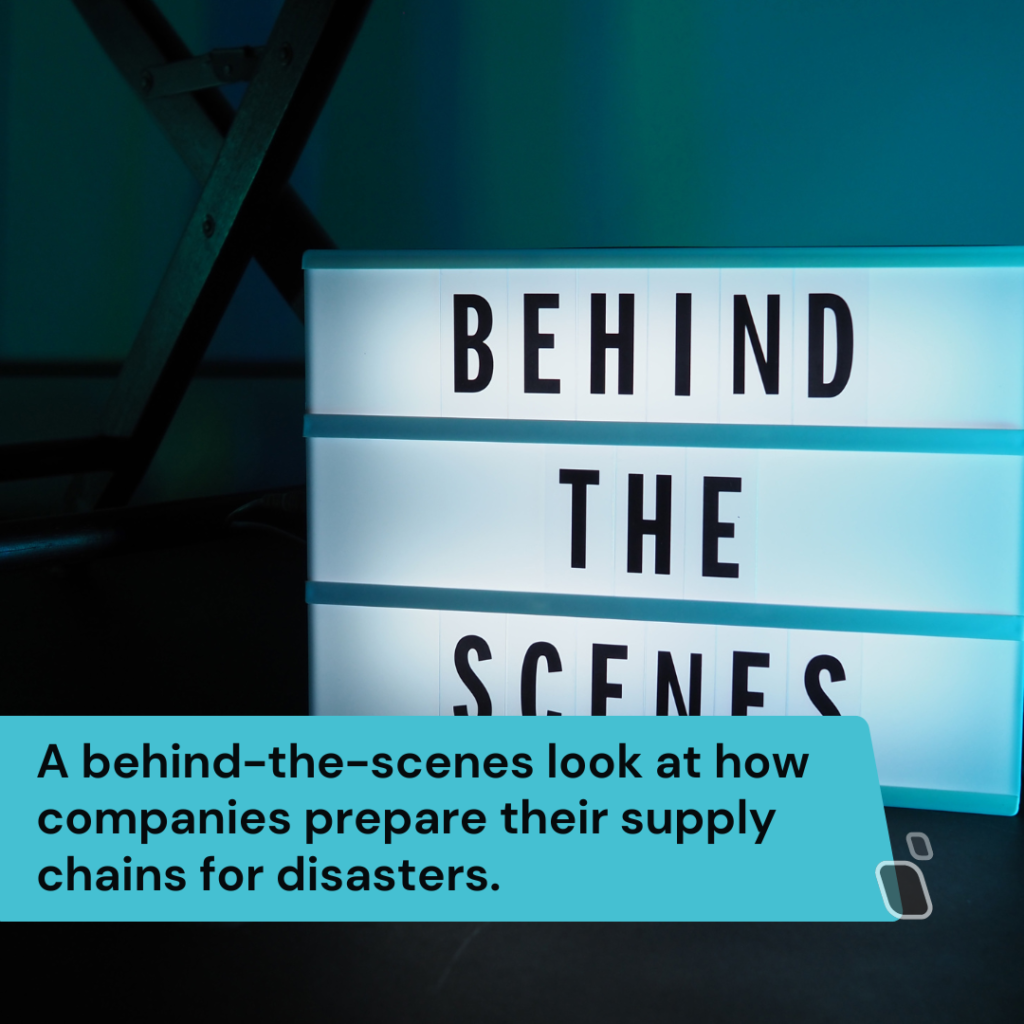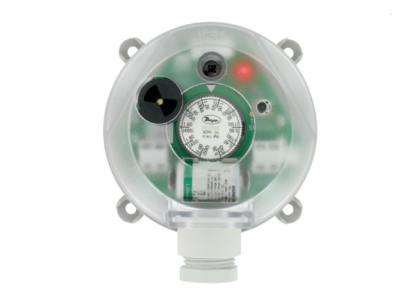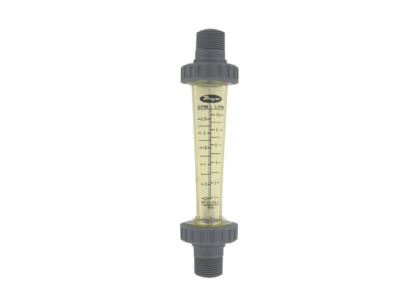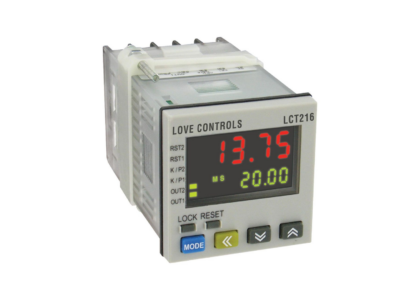Natural disasters can strike without warning, leaving a trail of destruction and chaos in their wake. For businesses, these events can disrupt supply chains, leading to delays, shortages, and financial losses. Understanding how companies prepare their supply chains for such disasters is crucial, not only for their survival but also for the consumers who depend on their products. This blog will take a behind-the-scenes look at the strategies businesses employ to prepare for natural disasters, illustrated with relatable examples.
The Importance of Disaster Preparedness
Natural disasters, such as hurricanes, earthquakes, and floods, can severely impact supply chains. For instance, when Hurricane Katrina struck New Orleans in 2005, it not only devastated the city but also disrupted supply chains across the United States. Many businesses were unable to receive essential supplies, leading to shortages and increased prices. This example highlights the need for robust disaster preparedness plans.

Companies must recognize that their supply chains are interconnected networks. A disruption in one area can have a ripple effect, impacting suppliers, manufacturers, and ultimately consumers. Therefore, having a solid plan in place is essential for minimizing the impact of such events.
Steps to Prepare Supply Chains for Disasters
1. Risk Assessment and Planning
The first step in preparing for a disaster is to conduct a thorough risk assessment. Companies need to identify potential threats that could disrupt their supply chains. For example, a company based in Florida might prioritize preparing for hurricanes, while a business in California might focus on earthquake preparedness.
Once risks are identified, businesses should develop a comprehensive disaster response plan. This plan should outline specific actions to take in the event of a disaster, including communication strategies, evacuation procedures, and recovery steps. Regularly reviewing and updating this plan ensures that it remains effective and relevant.
2. Building Strong Relationships with Suppliers
A key aspect of supply chain resilience is maintaining strong relationships with suppliers. Companies should engage with their suppliers to understand their disaster preparedness plans. For instance, if a company relies on a supplier located in a hurricane-prone area, it should ensure that the supplier has contingency plans in place to continue operations during and after a storm.
Building a diverse supplier network can also mitigate risks. By having multiple suppliers for critical components, businesses can reduce their dependence on a single source, which is especially important during a disaster.
3. Creating Backup Inventory and Flexibility
Companies should consider maintaining backup inventory to cushion the blow of supply chain disruptions. For example, a grocery store chain might stockpile essential goods like canned foods and bottled water in anticipation of a hurricane.
Flexibility is also crucial. Businesses should be prepared to adapt their logistics and distribution strategies in response to changing circumstances. This might involve rerouting shipments or finding alternative transportation methods if traditional routes are blocked.
4. Implementing Technology and Monitoring Systems
In today’s digital age, technology plays a vital role in disaster preparedness. Companies can utilize data analytics and monitoring systems to track potential threats in real-time. For example, a manufacturing company might use weather forecasting tools to anticipate disruptions from severe weather.
Moreover, having a centralized communication platform can help businesses coordinate their responses effectively. This ensures that all stakeholders are informed and can act quickly when a disaster strikes.
5. Training and Simulations
Regular training and simulations are essential for ensuring that employees know their roles in a disaster scenario. Companies can conduct drills that simulate various disaster scenarios, allowing employees to practice their responses. For instance, a logistics company might run a simulation of a flood affecting its warehouse operations, enabling staff to develop effective strategies for managing inventory and deliveries.
6. Learning from Past Disasters
After a disaster occurs, it’s crucial for companies to conduct a thorough analysis of their response. What worked well? What could have been improved? By learning from past experiences, businesses can refine their disaster preparedness plans and enhance their resilience for future events.
Real-World Examples of Disaster Preparedness
Example 1: Toyota’s Approach to Supply Chain Resilience
Toyota is known for its robust supply chain management practices. After the 2011 earthquake and tsunami in Japan, the company faced significant disruptions. In response, Toyota implemented a more diversified supply chain strategy, sourcing components from multiple suppliers across different regions. This approach not only helped Toyota recover quickly from the disaster but also strengthened its overall supply chain resilience.
Example 2: Walmart’s Inventory Management
Walmart has developed a sophisticated inventory management system that allows it to respond quickly to disasters. The company uses advanced analytics to predict demand spikes for essential items during emergencies. For instance, during Hurricane Harvey in 2017, Walmart was able to quickly stock its stores with water, flashlights, and other necessities, ensuring that customers had access to critical supplies.




